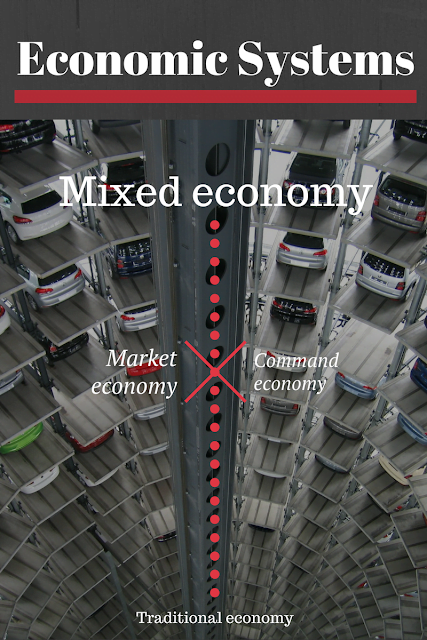Dominican Republic, with a population of 11,228,821, ranks 81st globally, just behind Jordan. Located in the Caribbean, it spans 146,839.31 sq. km, ranking 91st, slightly below Nepal.
The Dominican Republic’s economic position in 2022 is robust, with a GDP of $113,537,368,176.13, ranking 62nd globally. It follows Oman, whose GDP stands at $114,667,360,208.062. The GDP per capita in the Dominican Republic is $10,111.2457, placing it 76th worldwide.
It is surpassed by Mauritius, with a GDP per capita of $10,256.2303. The Dominican Republic’s economy shows steady growth and potential for further development in the coming years.
What are the economic activities of Dominican Republic?
- Primary activities: 5.6% of GDP.
- Secondary activities: 33% of GDP.
- Tertiary activities: 61.4% of GDP.

Primary Sector of Dominican Republic
The primary sector in the Dominican Republic is predominantly focused on agriculture due to its favorable climate and abundant natural resources. With 51.1% of the country’s land dedicated to agriculture, the main products include sugarcane, bananas, papayas, plantains, rice, milk, avocados, watermelons, vegetables, and pineapples.
While agriculture contributes 5.6% to the GDP, its significance lies in the diverse range of crops and animal products produced, showcasing the country’s agricultural sector’s resilience and importance in providing food security and livelihoods for many Dominicans.
The country’s diverse geological landscape gives rise to abundant natural resources, including nickel, bauxite, gold, silver, and vast stretches of arable land. These resources play a pivotal role in driving the economy, with mining activities and agricultural production contributing significantly to the country’s GDP.
Secondary Sector of Dominican Republic
What is the secondary sector or what are secondary activities?
The secondary sector involves industries that transform raw materials from primary activities into finished products for consumption. In the Dominican Republic, main industrial products include sugar processing, gold, textiles, cement, tobacco, electrical components, and medical devices. These products are manufactured for domestic sale and export, contributing significantly to the country’s economy.
Manufactures play a crucial role in the Dominican Republic’s total exports, accounting for 68.82% in 2023. This highlights their significant contribution to the country’s economy and trade balance.
Tertiary sector of Dominican Republic
What is the tertiary sector or what are tertiary activities?
The tertiary sector in the Dominican Republic encompasses services that provide knowledge and time to enhance productivity and meet needs. Key activities include restaurants, healthcare, education, banking, communication, media production, tourism, transportation, telecommunications, and security services. These sectors contribute significantly to the country’s economy by offering essential services and promoting growth and development.
Among these, The Dominican Republic’s economy heavily relies on tourism, accounting for around 7.5 million annual arrivals. With its stunning beaches like Punta Cana and rich colonial heritage in Santo Domingo, the industry contributes significantly to the nation’s GDP and employment. The tourism to population ratio of 0.6724 highlights its crucial role in driving economic growth.
Another example of tertiary economic activity is the mobile cellular sector, with over 10 million subscriptions, supporting technological growth. This connectivity fosters innovation, enhances business operations, and drives digital services.
Military Activities and Economic Sectors of Dominican Republic
The military is a clear example of many economic activities working together. In the primary sector, resources are extracted for military use, like metals for weapons. The secondary sector involves manufacturing military equipment, such as vehicles and weapons. The tertiary sector includes services provided by the military, like training and support. The quaternary sector focuses on military research and development, while the quinary sector deals with high-level decision-making and strategy.
In the Dominican Republic, the military expenditure for 2023 is 893.2 million US dollars, which is 0.72% of the country’s GDP. The active military force consists of 376 personnel, giving a ratio of 6.9 active military members per 1,000 people. This shows how military activities connect to the economy and society in various ways.
International Trade of Dominican Republic
Import Activities of Dominican Republic

The import activities of the Dominican Republic are highly important, accounting for 32.17% of its GDP in 2023.
The Dominican Republic’s main import partners are the US (44%), China (15%), Brazil (4%), Colombia (3%), and Spain (3%). The country imports refined petroleum, natural gas, cars, plastic products, and crude petroleum.
Exports Activities of Dominican Republic

The Dominican Republic’s total exports in 2023 amounted to $25,049,444,692.87, with exports contributing 22.06% of GDP. This indicates a medium level of importance, showcasing a significant role in the country’s economic growth.
The Dominican Republic primarily exports medical instruments, gold, tobacco, power equipment, and garments. Its top export partners are the US (50%), Switzerland (8%), Haiti (7%), China (3%), and India (3%).
Dominican Republic economy challenges in 2024
The Dominican Republic is experiencing a surge in middle-income tourism and economic growth. However, challenges include managing debt, reducing poverty, and developing local financial markets to sustain progress in 2024.




Leave a Reply